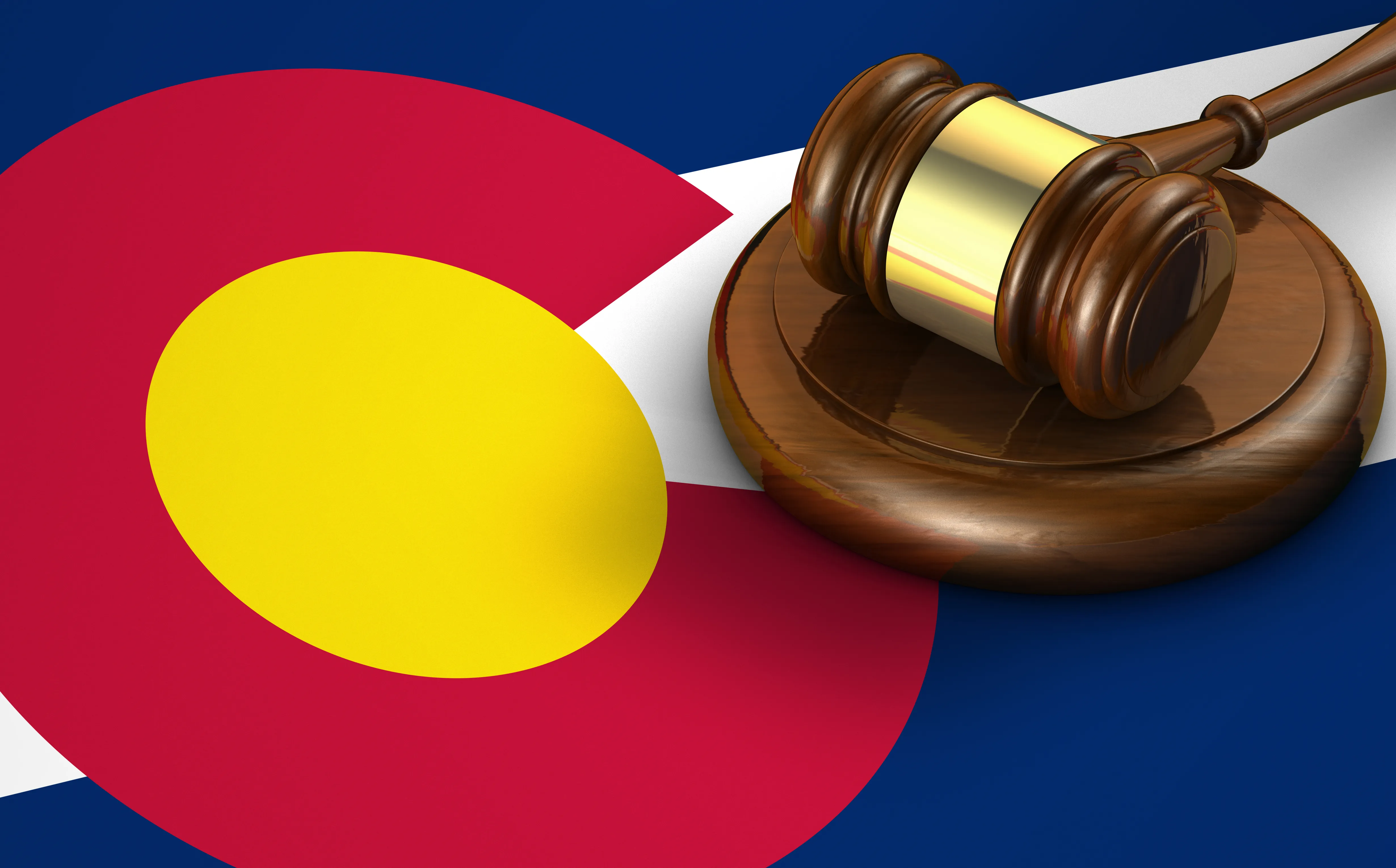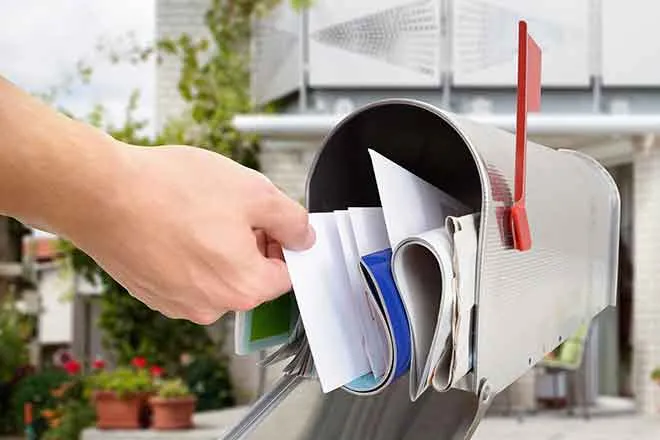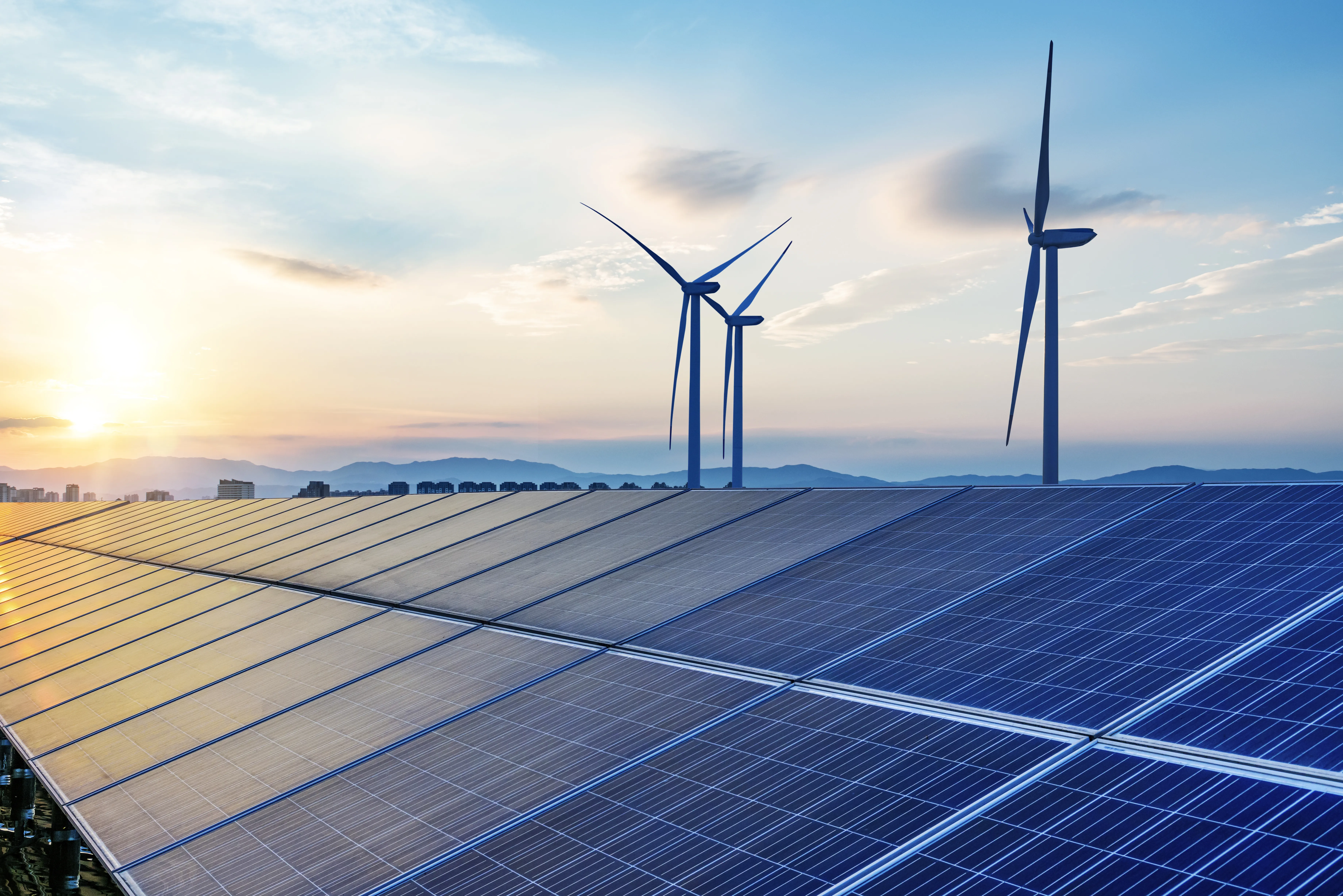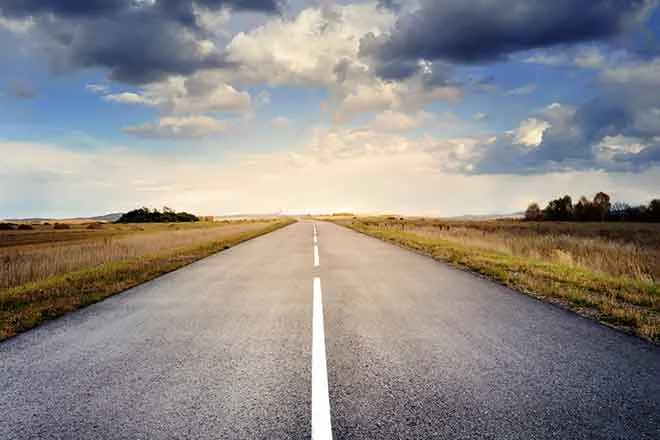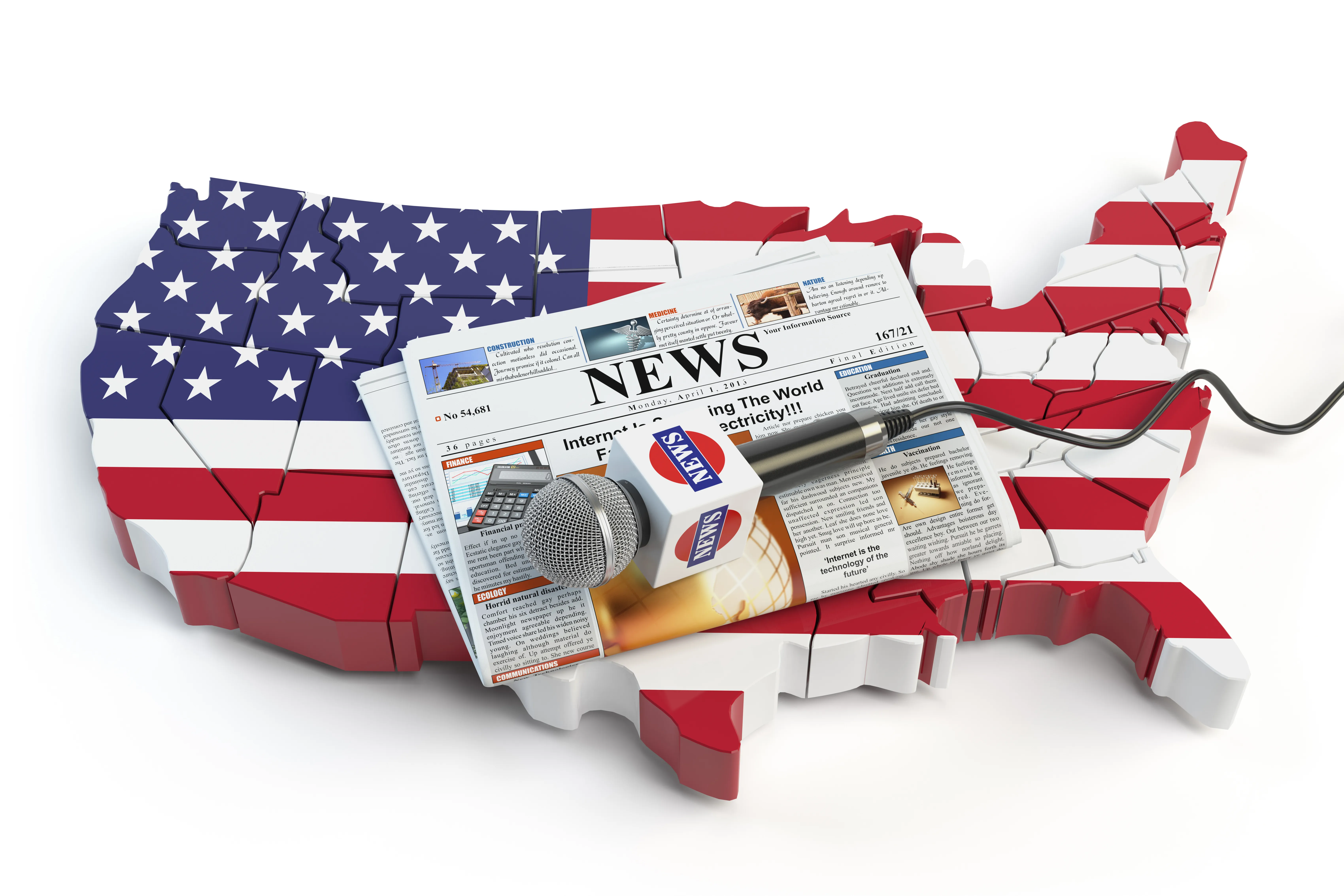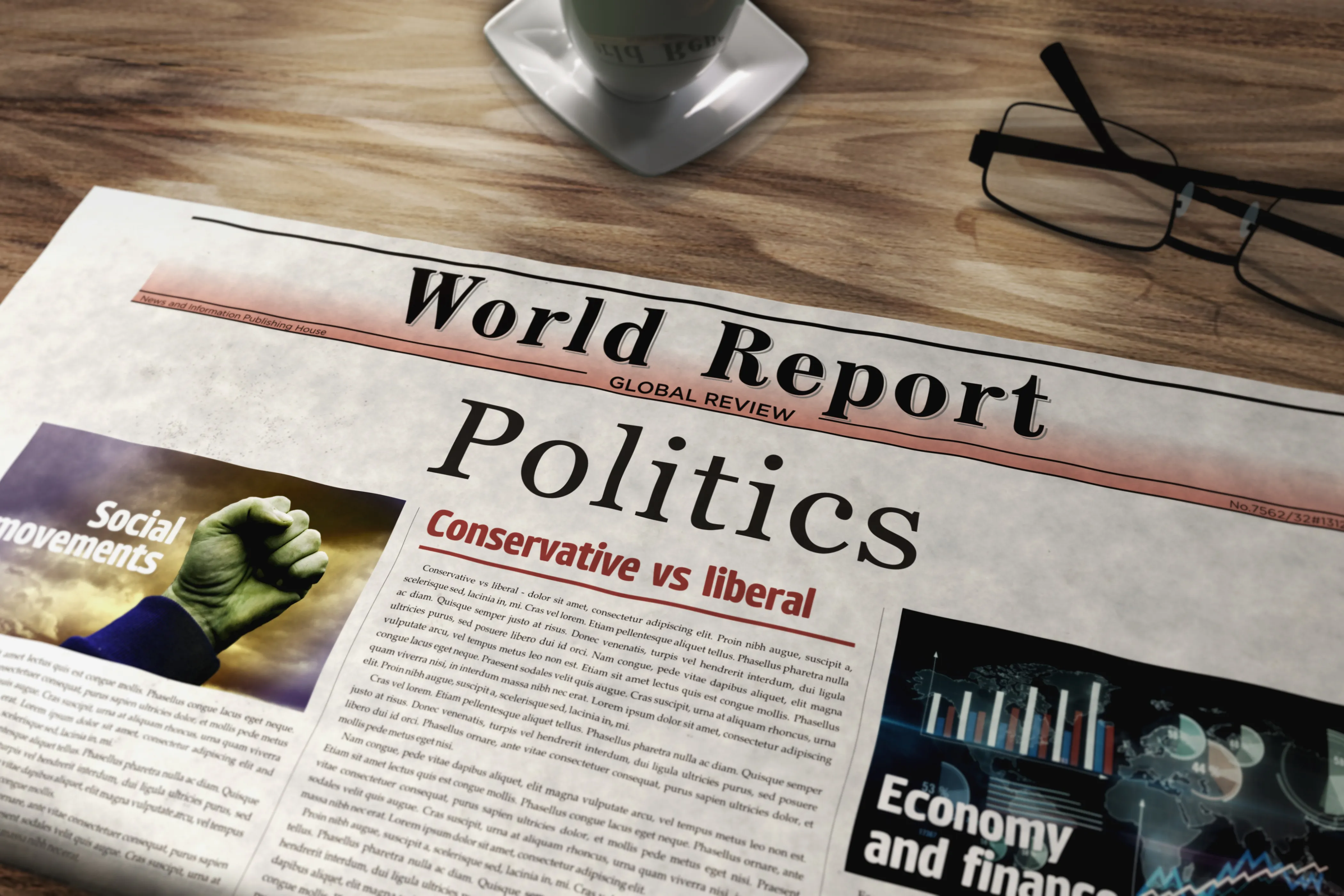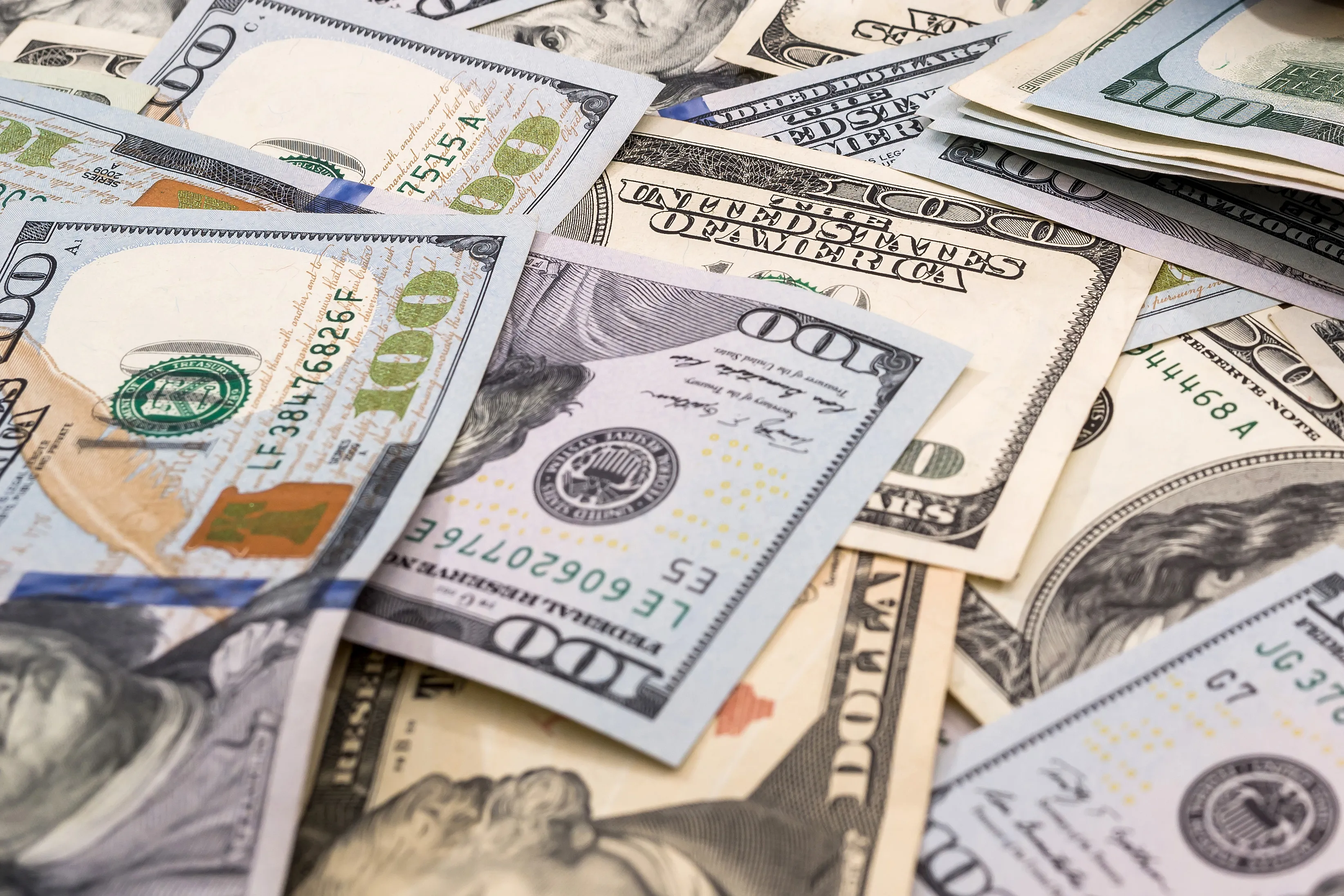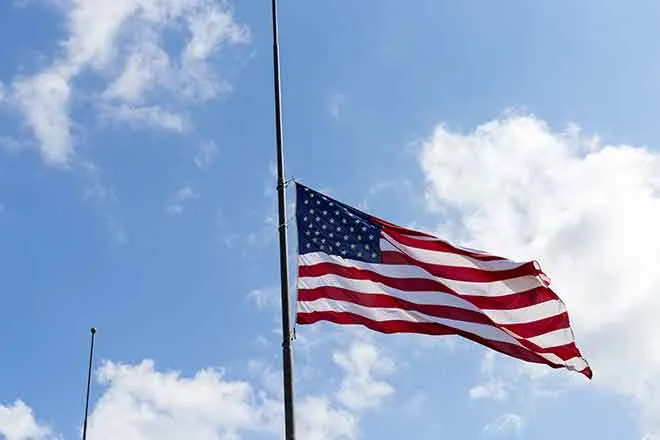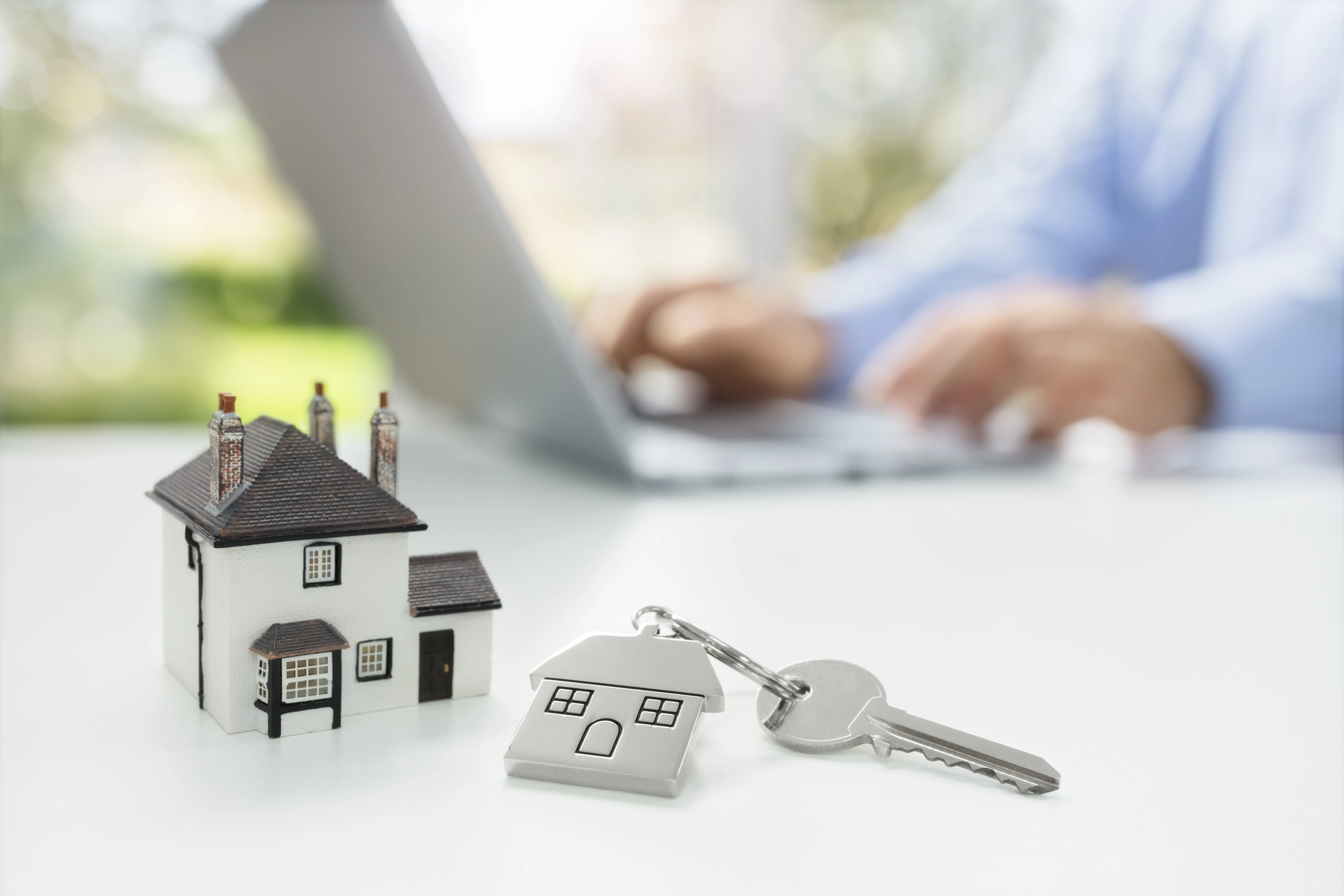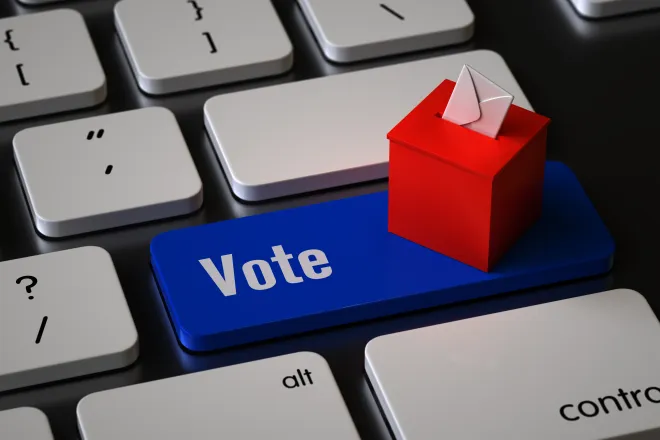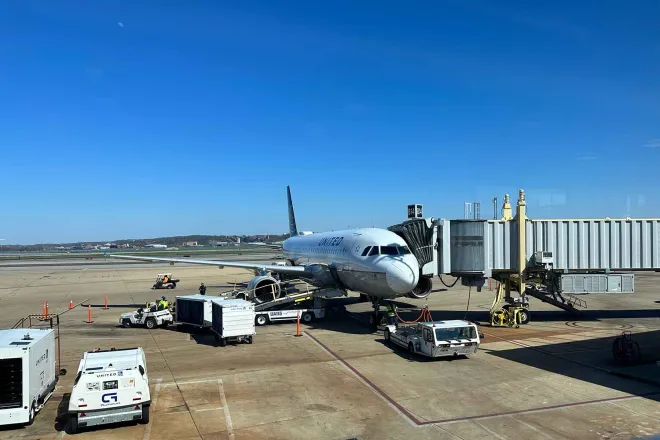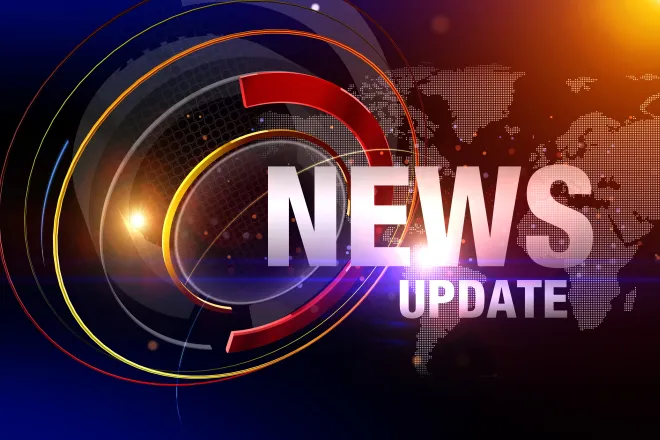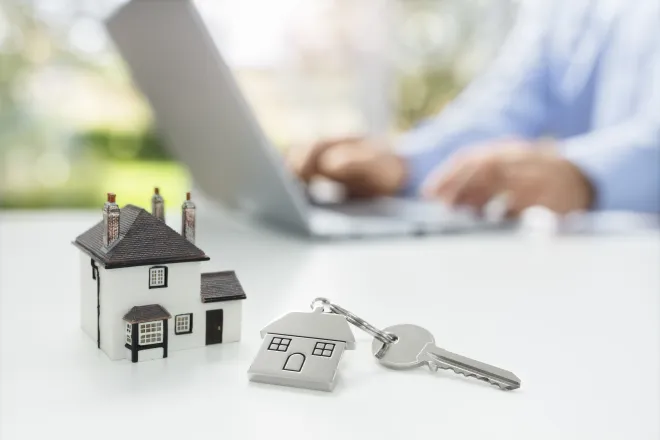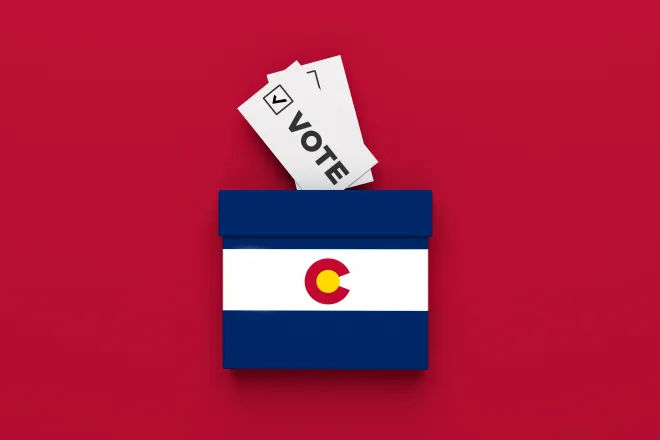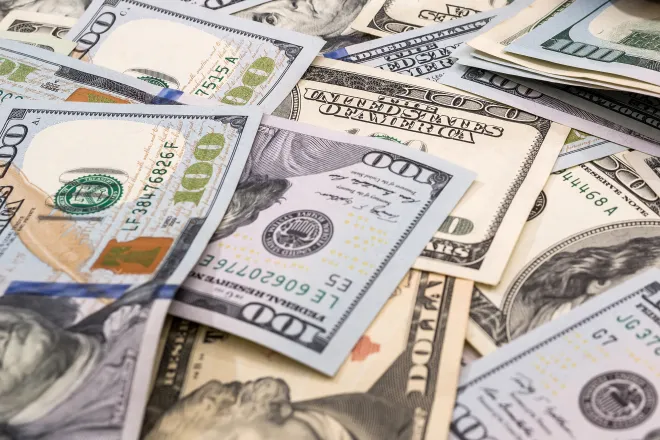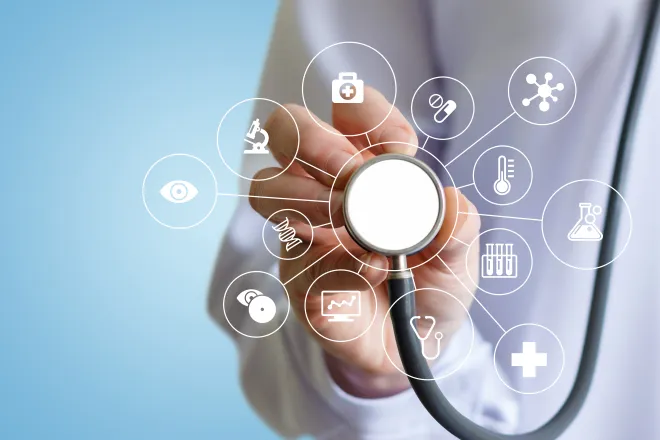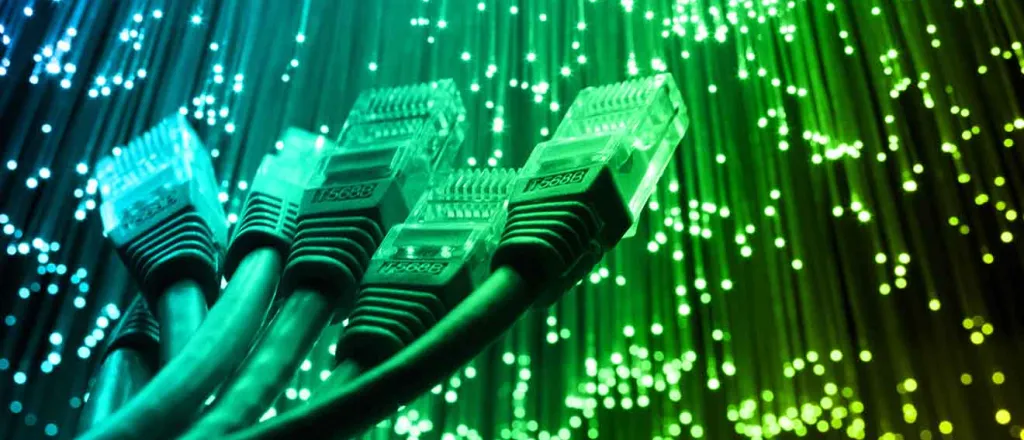
Frozen screens? Telehealth access imperiled
Click play to listen to an abbreviated version of this article.
(Illinois News Connection) For Cindy Westman, $30 buys a week’s worth of gas to drive to medical appointments and run errands.
It’s also how much she spent on her monthly internet bill before the federal Affordable Connectivity Program stepped in and covered her payments.
“When you have low income and you are living on disability and your daughter’s disabled, every dollar counts,” said Westman, who lives in rural Illinois.
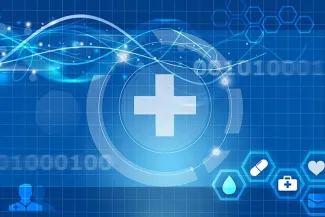
© iStock - nevarpp
More than 23 million low-income households — urban, suburban, rural, and tribal — are enrolled in the federal discount program Congress created in 2021 to bridge the nation’s digital connectivity gap. The program has provided $30 monthly subsidies for internet bills or $75 discounts in tribal and high-cost areas.
But the program is expected to run out of money in April or May, according to the Federal Communications Commission. In January, FCC Chairwoman Jessica Rosenworcel asked Congress to allocate $6 billion to keep the program running until the end of 2024. She said the subsidy gives Americans the “internet service they need to fully participate in modern life.”
The importance of high-speed internet was seared into the American psyche by scenes of children sitting in parking lots and outside fast-food restaurants to attend school online during the covid-19 pandemic. During that same period, health care providers and patients like Westman say, being connected also became a vital part of today’s health care delivery system.
Westman said her internet connection has become so important to her access to health care she would sell “anything that I own” to stay connected.
Westman, 43, lives in the small town of Eureka, Illinois, and has been diagnosed with genetic and immune system disorders. Her 12-year-old daughter has cerebral palsy and autism.
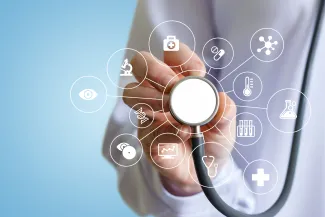
She steered the $30 saved on her internet toward taking care of her daughter, paying for things such as driving 30 minutes west to Peoria, Illinois, for two physical therapy appointments each week. And with an internet connection, Westman can access online medical records, and whenever possible she uses telehealth appointments to avoid the hour-plus drive to specialty care.
“It’s essential for me to keep the internet going no matter what,” Westman said.
Expanding telehealth is a common reason health care providers around the U.S. — in states such as Massachusetts and Arkansas — joined efforts to sign their patients up for the federal discount program.
“This is an issue that has real impacts on health outcomes,” said Alister Martin, an emergency medicine physician at Massachusetts General Hospital. Martin realized at the height of the pandemic that patients with means were using telehealth to access covid care. But those seeking in-person care during his ER shifts tended to be lower-income, and often people of color.
“They have no other choice,” Martin said. “But they probably don’t need to be in the ER action.” Martin became a White House fellow and later created a nonprofit that he said has helped 1,154 patients at health centers in Boston and Houston enroll in the discount program.
At the University of Arkansas for Medical Sciences, a federal grant was used to conduct dozens of outreach events and help patients enroll, said Joseph Sanford, an anesthesiologist and the director of the system’s Institute for Digital Health & Innovation.
“We believe that telehealth is the great democratization to access to care,” Sanford said. New enrollment in the discount program halted nationwide last month.
Leading up to the enrollment halt, Senator Peter Welch (D-Vt.) led a bipartisan effort to introduce the Affordable Connectivity Program Extension Act in January. The group requested $7 billion — more than the FCC’s ask — to keep the program funded. “Affordability is everything,” Welch said.
In December, federal regulators surveyed program recipients and found that 22 percent reported no internet service before, and 72 percent said they used their ACP-subsidized internet to “schedule or attend healthcare appointments.”
Estimates of how many low-income U.S. households qualify for the program vary, but experts agree that only about half of the roughly 50 million eligible households have signed on.
“A big barrier for this program generally was people don’t know about it,” said Brian Whitacre, a professor and the Neustadt chair in the Department of Agricultural Economics at Oklahoma State University.
Whitacre and others said rural households should be signing up at even higher rates than urban ones because a higher percentage of them are eligible.
Yet, people found signing up for the program laborious. Enrollment was a two-step process. Applicants were required to get approved by the federal government then work with an internet service provider that would apply the discount. The government application was online — hard to get to if you didn’t yet have internet service — though applicants could try to find a way to download a version, print it, and submit the application by mail.
When Frances Goli, the broadband project manager for the Shoshone-Bannock Tribes in Idaho, began enrolling tribal and community members at the Fort Hall Reservation last year, she found that many residents did not know about the program — even though it had been approved more than a year earlier.
Goli and Amber Hastings, an AmeriCorps member with the University of Idaho Extension Digital Economy Program, spent hours helping residents through the arduous process of finding the proper tribal documentation required to receive the larger $75 discount for those living on tribal lands.
“That was one of the biggest hurdles,” Goli said. “They’re getting denied and saying, come back with a better document. And that is just frustrating for our community members.”
Of the more than 200 households Goli and Hastings aided, about 40 percent had not had internet before.
In the tribal lands of Oklahoma, said Sachin Gupta, director of government business and economic development at internet service provider Centranet, years ago the funding may not have mattered.
“But then covid hit,” Gupta said. “The stories I have heard.”
Elders, he said, reportedly “died of entirely preventable causes” such as high blood pressure and diabetes because they feared covid in the clinics.
“It’s really important to establish connectivity,” Gupta said. The end of the discounts will “take a toll.”
Sarah Jane Tribble wrote this story for KFF Health News.

